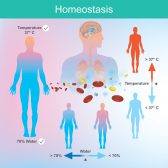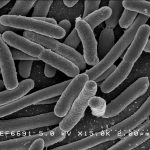Definition
noun
Any of the calcium ions that serve as a factor in blood coagulation
Supplement
Coagulation, the process of clot formation, involves platelet and blood clotting factors. In humans, the coagulation mechanism is comprised of two processes, i.e. the primary hemostasis and the secondary hemostasis. The latter entails two pathways: (1) intrinsic pathway (contact activation pathway) and (2) extrinsic pathway (tissue factor pathway). Both pathways lead to the formation of fibrin.
Factor IV is a calcium ion. Calcium is an element essential in various bodily functions such as neurotransmission, muscle contraction, and blood coagulation. It works with other clotting factors by acting as a cofactor and is involved in both extrinsic and intrinsic pathways. Its sources are bone and diet (e.g. milk and cheese).
Calcium ions are essential so that clotting factors, particularly factor II (prothrombin), factor VII (proconvertin), factor IX (Christmas factor), and factor X (Stuart factor), would work enzymatically. These clotting factors bind to the phospholipids of tissues and platelets through chelation of calcium ions at the binding sites. Thus, deficiency of circulating calcium ions would lead to blood clot failure. Blood in blood banks is treated with citrate to prevent calcium ions from causing blood coagulation.
Synonym(s):
- calcium (ion)
- (blood) coagulation factor IV
- (blood) clotting factor IV
See also:







